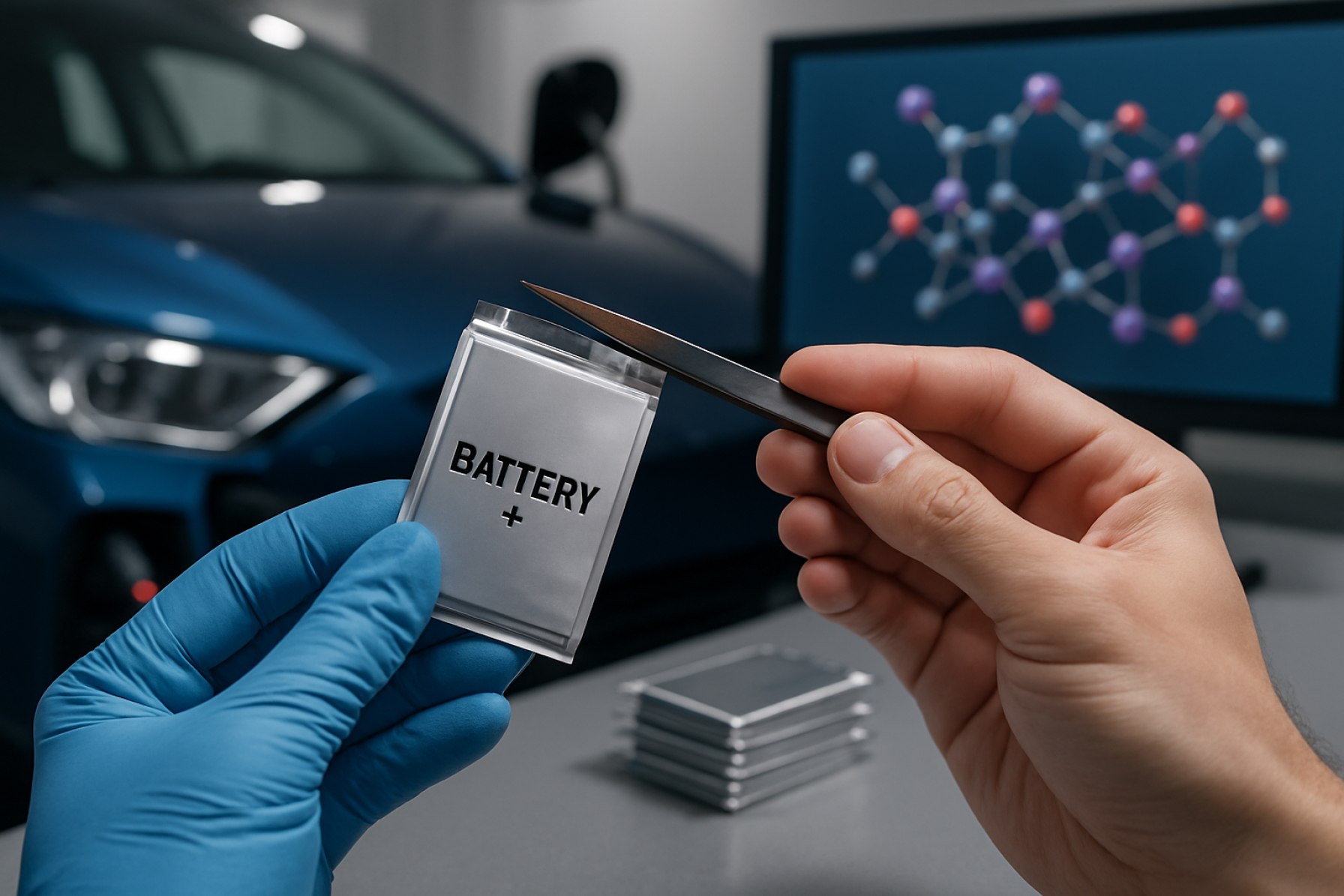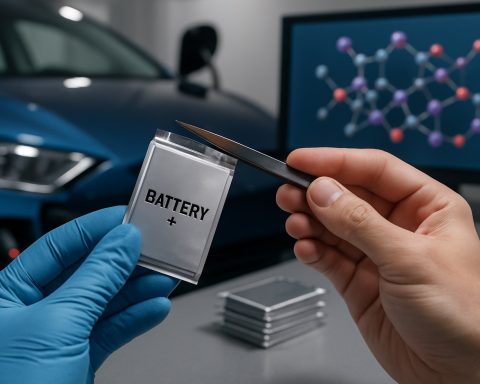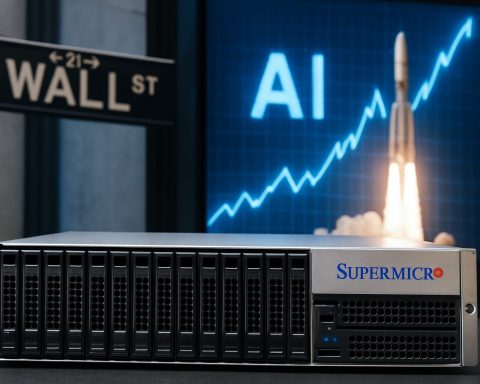AI-Powered Leap in Battery Tech Promises Longer, Safer, and More Powerful Electric Vehicles in 2025
Machine learning just revolutionized battery design—offering up to 50% more range and game-changing safety for next-gen EVs.
● Up to 50% longer range for EVs with new solid-state batteries
● Drastically improved safety thanks to solid electrolyte materials
● 10x faster material discovery using AI vs. conventional methods
A new era of electric vehicles is on the horizon, and it’s fueled by artificial intelligence. Researchers from the Skolkovo Institute of Science and Technology (Skoltech) and the AIRI Institute have achieved a landmark breakthrough in solid-state battery technology—a development set to transform energy storage worldwide in 2025.
Using cutting-edge machine learning, scientists rapidly discovered optimal materials for solid-state batteries. This means EVs that could travel half again as far on a single charge, all while enhancing safety and battery longevity.
Current electric vehicles mostly use lithium-ion batteries with liquid electrolytes. These offer good performance but carry fire risk and wear out faster. Solid-state batteries, by contrast, use solid ceramic-like materials to conduct lithium ions, making them both safer and more robust. Automakers have long dreamed of making the switch—but finding suitable solid electrolytes has been notoriously difficult.
Machine learning might have just shattered that barrier.
How Did Machine Learning Accelerate Battery Breakthroughs?
Traditional battery research relies on slow, expensive trial-and-error and detailed quantum chemistry simulations. In this latest advance, graph neural networks—a sophisticated type of AI—helped researchers instantly sift through huge “libraries” of potential battery materials.
This allowed the team to pinpoint substances that move lithium ions quickly and remain stable in harsh battery environments. The result? Discovery times that are thousands of times faster than before—turning decades of research into weeks.
- AI evaluated thousands of materials in days, not years
- Identified new coatings, including Li3AlF6 and Li2ZnCl4
- Avoided toxicity and reactivity issues plaguing earlier solid batteries
Q: Why Are Protective Coatings So Crucial?
Solid-state batteries promise much, but the interface between solid electrolyte and lithium metal is fraught with danger. The lithium can cause the electrolyte to degrade or even spark deadly short circuits. The key, say scientists, is to shield these components with the right protective coatings.
Thanks to machine learning, the research team was able to rapidly predict which coatings best resist reactivity from both the lithium anode and the oxidative cathode. This ensures safer batteries that don’t break down or catch fire—addressing a core challenge for the auto industry.
How Will These Breakthroughs Reshape EVs and Portable Tech?
Imagine charging your electric car and driving 50% further on a single charge, with the added peace of mind of a nearly fire-proof battery. That vision is fast becoming reality. With AI-accelerated material discovery, advanced solid-state batteries will power next-gen EVs—and soon portable electronics—with:
- Greater energy density (go farther between charges)
- Longer battery lifespan (more years of use)
- Enhanced safety (dramatically reduced fire risk)
Automakers and tech giants worldwide are now racing to commercialize these findings. For more on EV and battery innovation, visit Tesla, Toyota, and the latest in scientific developments on Nature.
Q: When Could Consumers See AI-Discovered Batteries in Cars?
Industry insiders predict that solid-state batteries leveraging AI-discovered materials could enter the first commercial EVs within the next three to five years. Testing and scaling up production are already underway in several labs and pilot plants.
Expect prototype vehicles—and maybe even select consumer devices—with AI-designed batteries as soon as late 2025. The race to safer, longer-range electric mobility has truly begun.
How to Stay Ahead: What You Can Do Now
- Follow developments from leading battery researchers and automakers
- Consider EVs with advanced battery tech as they hit the market
- Read trusted science outlets like Scientific American and Nature for updates
- Stay up-to-date as new, safer battery-powered devices arrive
The future of energy storage is unfolding—watch for AI-powered batteries to transform the way you drive, charge, and power the world.
Checklist for Readers:
- Track solid-state battery launches from major automakers
- Research latest findings from Skoltech and AIRI
- Subscribe to engineering and science news for real-time updates
- Ask your dealer or device rep about solid-state battery integration
References
https://youtube.com/watch?v=3tvwm6f8-5w











